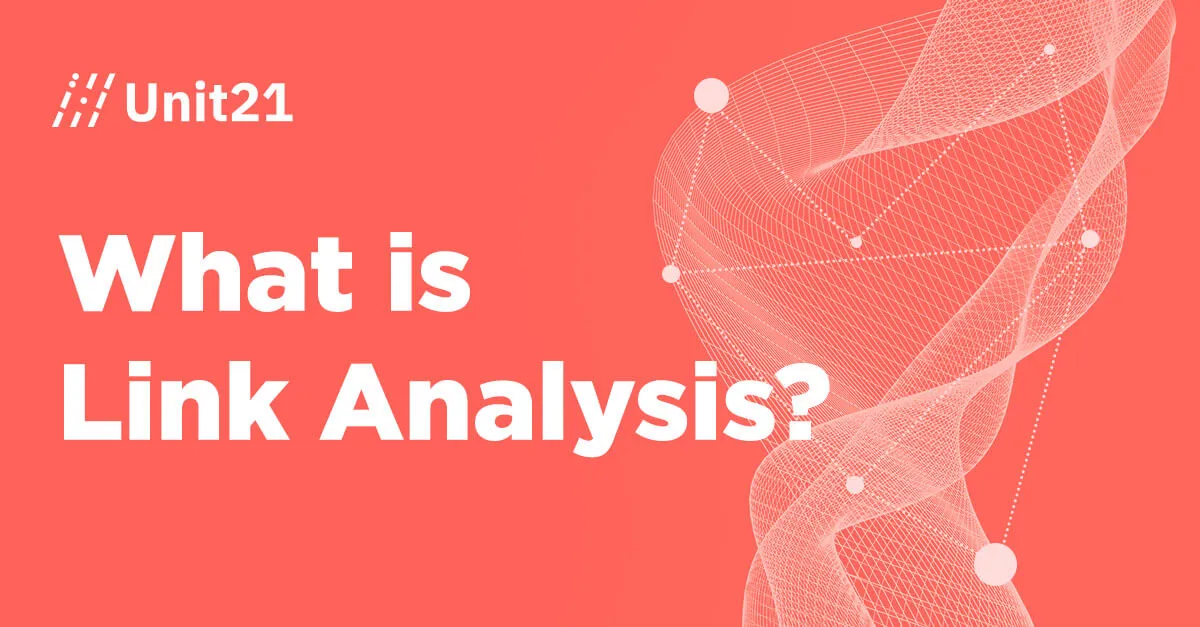

Picture this: as a fraud analyst, you come upon an Anti-Money Laundering (AML) case with four suspicious transactions from three individuals:
- January 3rd, 4:35 PM - Joseph Smith sends $8,000 to Laura Smith
- January 3rd, 5:17 PM - Joseph Smith sends $8,000 to Laura Smith
- January 4th, 11:25 AM - Laura Smith sends $8,500 to Sarah Horvath
- January 4th, 1:03 PM - Joseph Smith sends $8,000 to Sarah Horvath
At first glance, this looks like a money-laundering ring that includes Joseph, Laura and Sarah. One of the telltale signs of money laundering is repeated transactions in amounts just under $10,000.
As an experienced agent, you think twice about fraud since Joseph Smith and Laura Smith share a last name. They could be related but you aren’t sure as “Smith” is a common last name.
The only way to find out the links between Joseph, Laura, and Sarah is to use Link Analysis:
.png)
Link Analysis reveals that Joseph Smith and Sarah Horvath share an address, a credit card, and phone number. This immediately leads you to the conclusion that Sarah and Joseph are likely married. Furthermore, Laura Smith and Joseph Smith share a bank account, so it is possible that Laura and Joseph are related as well; perhaps a daughter?
You call Joseph Smith to confirm the relationships and you learn about Joseph’s love for horse breeding and the family’s purchase of a new steer.
You close your AML case.
What is Link Analysis?
Link Analysis, also referred to as Network Analysis, helps compliance officers better analyze large data sets to discover possibly fraudulent patterns between entities.
A link analysis tool looks for links between entities; specifically PII (Personal Identifiable Information) overlap. This data is then presented in an easy-to-read graphical format.
For example, two of your customers may have the same mailing address and three of your customers may share the same banking account. Link Analysis will represent the connection as connected nodes in a graph:
.png)
Why is Link Analysis Important?
Link Analysis is the most effective way to uncover patterns of activity between entities. It enables compliance officers to make better decisions to retain a customer, and is an essential component of any fraud and AML program..
At its core, Link Analysis:
- Identifies hidden relationships between entities
- Helps follow the money during an investigation
- Increases an analysts’ efficiency and decreases resolution time
- Determines a customer’s risk level and whether or not to retain them
- Is part of a strong AML program
.png)
Link Analysis at Unit21
Unit21 provides robust and accurate Link Analysis tools as part of its Case Management system.
Unit21 Link Analysis includes:
- Real time graphs provide multidimensional connections among entities and transactions such as shared IPs, emails, phone numbers, addresses and more.
- Easy layout with built-in filters allow agents to remove the connections they don’t want to see.
- Entity type grouping and filtering by transactional amounts enhances the investigative experience.
- Automated highlighting of potentially fraudulent relationships for entities on triggered transactions.
Unit21 customers were able to reduce false positives by 65% last year, in part due to their use of Link Analysis as a key component of a strong AML program. Schedule a demo to see our Link Analysis in action.
Unit21 is dedicated to helping our customers empower their teams to make data-driven decisions in the fight against financial crime. Discover why customers switch to Unit21.
Subscribe to our Blog!
Please fill out the form below:





